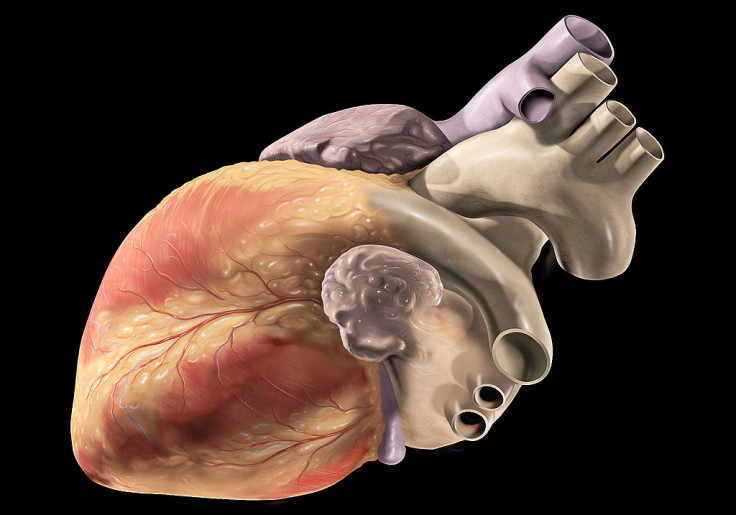JBS3 Calculator: How to Work Out Your Heart's True Age

A calculator has been developed that shows the true age of your heart, helping people to estimate their risk of heart disease later in life.
The JBS3 calculator has been created by a group of British researchers and their findings have been published in the BMJ journal Heart.
The calculator identifies people at risk of heart disease by assessing 10-year risk assessments, LiveScience reports. This includes information on age and gender – women and young people are less likely to develop heart disease than men, for example.
It works out how many years a person can expect to live before having a heart attack or stroke. Only people born in 1984 or earlier are eligible to take the test.
The calculator takes into account several factors about a person, including their height, weight, age and how affluent the area they live in is. It also looks at cholesterol, blood pressure and potential risk factors such as diabetes and smoking.

In a test, IBTimes looked to see the true age of the heart of a 50-year-old woman who is 170cm and 12 stone. In the test, she smokes less than 10 per day and lives in a relatively affluent area. She has normal cholesterol (5.2 mmol/L ) and blood pressure (130mm Hg), but has a relative under 60 who suffers from CVD.
The calculator showed her heart's age was 62. It said she could expect to live to 78 without having a heart attack or stroke, and that her risk of dying from a heart attack or stroke in the next 10 years is 5.9%.
The chance of her surviving to 95 without having had a heart attack or stroke was just 7%.
Researchers note that lifestyle changes, such as quitting smoking, eating a healthier diet and exercising more will all help to reduce the risk of heart disease.

On its website, JBS3 said: "The JBS3 Risk Calculator demonstrates how delay in beginning risk factor reduction (for example stopping smoking) greatly reduces the lifetime benefits that can be gained. It also shows that, for most changes or interventions, it is never too late to obtain some benefit.
"For the individual, it is possible to calculate the age at which beginning risk factor intervention gives the greatest lifetime benefit and, for the healthcare provider, the balance of clinical versus cost effectiveness of treatments at different ages can also be estimated. This type of mathematical modelling addresses the important issue of when best to start drug treatment from both a clinical and economic perspective."
Find out your heart's real age here using the JBS3 calculator.
© Copyright IBTimes 2025. All rights reserved.






















